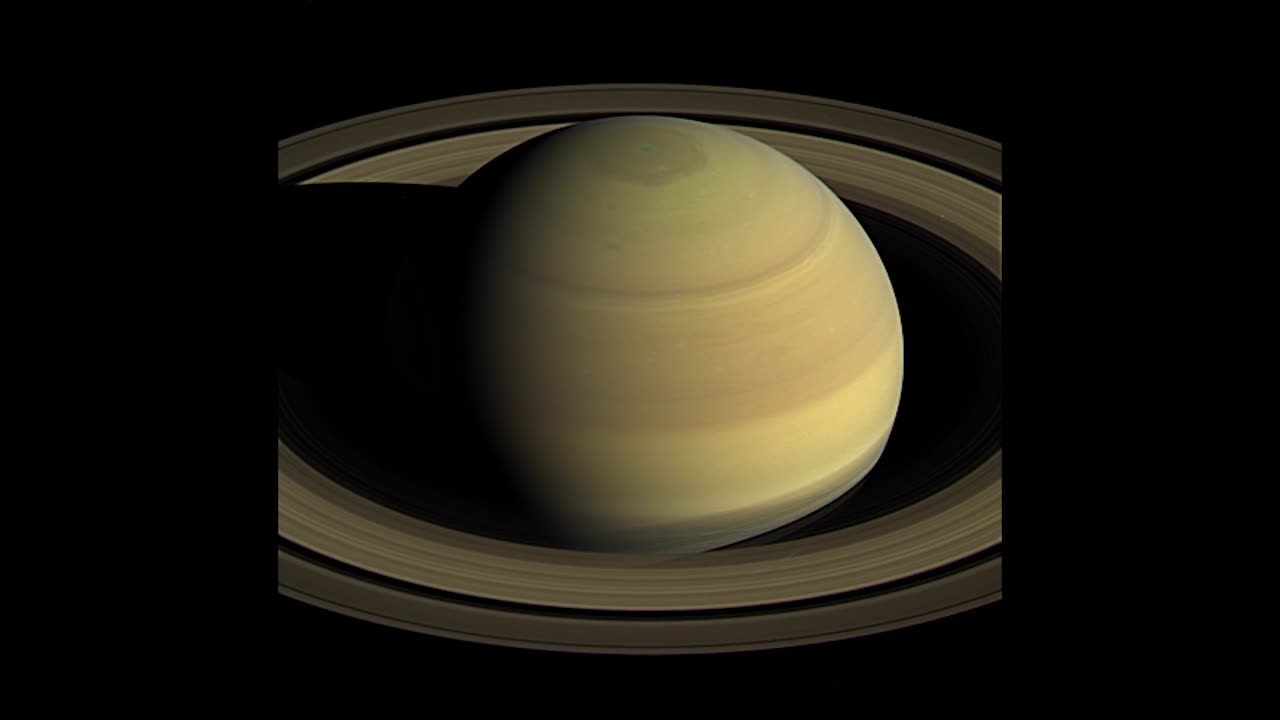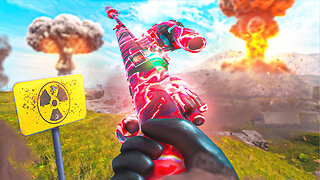Premium Only Content

Four Days at Saturn
https://rumble.com/v3szrm5-earth-expeditions-perfect-timing-for-coral.html
Appearance: Saturn is easily recognizable by its prominent and extensive ring system, which is composed of ice and debris particles ranging in size from dust grains to large boulders. The planet itself has a pale yellow hue and is characterized by its prominent equatorial bands and atmospheric storms.
Size and Composition: Saturn is a gas giant and has a diameter of about 120,536 kilometers (74,897 miles), making it the second-largest planet in the solar system after Jupiter. Its atmosphere is primarily composed of hydrogen and helium, with traces of other gases and compounds.
Rings of Saturn: Saturn's rings consist of countless icy particles, rock fragments, and dust, which orbit the planet in a thin, flat plane. These rings are divided into several main groups, designated by letters of the alphabet in the order of their discovery, with the broadest and brightest being the A and B rings.
Moons: Saturn has an extensive system of moons, with more than 80 confirmed natural satellites. The largest of these moons is Titan, which is larger than the planet Mercury and is known for its dense atmosphere and the presence of liquid methane lakes on its surface. Enceladus, another notable moon, is known for its subsurface ocean and geysers of water vapor erupting from its surface.
Find your favourite telescope on amazon.
1 - Telescopes
>> https://amzn.to/3FVEqqP
2 - Celestron Telescope
>> https://amzn.to/3QQRZOx
3 - Celestron 8Se
>> https://amzn.to/47vWjIK
-
 LIVE
LIVE
Matt Kohrs
8 hours agoMarket Open Chaos: PCE Inflation Report & Payday Friday || Live Trading
1,100 watching -
 17:35
17:35
itsSeanDaniel
22 minutes agoPro-Transgender Doctor HUMILIATED by Genius Conservative
-
 LIVE
LIVE
GritsGG
1 hour agoWin Streaking! Most Wins 3499+ 🧠
56 watching -
 LIVE
LIVE
Wendy Bell Radio
5 hours agoCrime is a 99/1 Issue
6,644 watching -
 LIVE
LIVE
Crypto Power Hour
2 hours ago $0.06 earnedBlockchain, The Fifth Evolution of Computing
118 watching -
 LIVE
LIVE
LFA TV
3 hours agoLFA TV ALL DAY STREAM - FRIDAY 8/29/25
4,968 watching -
 1:15:29
1:15:29
JULIE GREEN MINISTRIES
3 hours agoTHE GREAT WHITE WOLF NEXT TO YOUR PRESIDENT WILL SOON BE UNMASKED
59.4K128 -
 13:31
13:31
Adam Does Movies
19 hours ago $4.46 earnedAlien: Earth Episode 4 - Recrap
63.2K4 -
 9:02
9:02
Millionaire Mentor
18 hours agoCNN Host Left SPEECHLESS After Stephen Miller SHREDS Her Narrative
20.8K17 -
 2:01:39
2:01:39
BEK TV
1 day agoTrent Loos in the Morning - 8/29/2025
25.9K